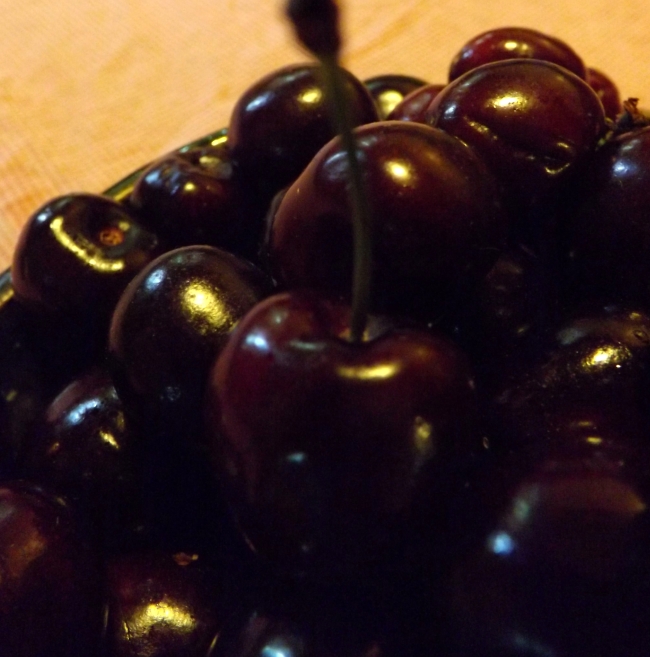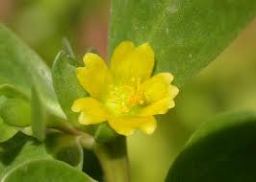“Weeds are flowers too, once you get to know them.” ~A.A. Milne
St. Johnswort (Hypericum perforatum)
“Wort” (not to be confused with wart) is an Old English word that means simply, plant. This plant has a long and interesting history in many folk traditions. I’ve often thought that an herbal that traced the cultural links of common names for plants over time would make an interesting read. This plant would top my list for research and exploration. Other common names include Goatweed (Love that one!), Klamath weed, Amber, Tipton weed, and some herbalists have mentioned to me the old pre-Christian name of Midsummer wort. Both St. John’s and Midsummer wort allude to the time of year when this plant flowers, at or around St. John’s Day or Midsummer’s Eve so this is a plant to seek out close to the summer solstice. I like reading stories of earthy folk jumping over Midsummer’s Eve fires with wands of this plant in hand for the purpose of aligning themselves with miraculous healings, although I am yet to try that out myself. Even the scientific name, Hypericum, is infused with mystery. Hypericum, with Greek roots, means ‘over an apparition’ and according to M. Grieve’s MODERN HERBAL, is a “reference to the belief that the herb was so obnoxious to evil spirits that a whiff of it would cause them to fly.”
It grows wild along roadside and pastures. It is not native to North America but some areas consider it invasive. Ironically, as with many other plants it is both planted and cultivated in some areas as a cash crop for its medicinal properties and sprayed in eradication programs in others. Thomas Elpel in BOTANY IN A DAY suggests that, “it would make more sense to stop both the spraying and the planting of St. Johnswort in favor of intensive wildcrafting to control its population…”
A gathering basket that has obviously seen better days filled with St. Johnswort.
Although the leaves are edible, I have to admit that I have never eaten them, gathering it mainly for its healing properties. The flowering tops (leaves and flowers) are the part that I use. St. Johnswort is antispasmodic, soothing, astringent, and a nervous system tonic. The leaves and flowers have little dots, or perforations, that contain hypercin, which lend a lovely jewel like reddish blush to oils, alcohol, or vinegar when you infuse them. This is considered the “active ingredient” in St. Johnswort, although I consider whole plants to play an active role in the same sense that whole foods are always more nourishing than individual nutrients, or whole people are more interesting that stereo-typed caricatures.
Front and back views of St. Johnswort flowers. Notice the little black dots and the torn edges of the petals rather like torn perforations.
You would need a good magnifying glass to see the dots this distinctly on a small St. Johnswort leaf but they are there.
St. Johnswort has been dried and used in tea blends, or tinctured in alcohol for use addressing mild to moderate depression or Seasonal Affective Disorder (S.A.D.) for those who do not have the opportunity to get much sunlight during the short days of winter. It is contraindicated in cases of psychosis or schizophrenia, as well as those with bipolar disorder. Since research shows that it may decrease estrogen levels and speeds up metabolism, woman taking oral contraceptives may want to avoid it.
I always make an oil using St. Johnswort as one of the three essential ingredients in my Triple Healing Salve. This plant heals nerve damage, and the associated pain, like no other. I also use the oil for massaging achy muscles and for a base in a breast massage oil, especially for lumpy, fibrocystic breasts.
St. Johnswort steeping in extra virgin Olive oil the day of harvest and then 4 weeks later. Beautiful color!
St. Johnswort steeping in alcohol for tincture making.
Although St. Johnswort can sometimes be found in July and August depending upon weather patterns, this is the peak time to gather. The oil is beautiful and makes a great base for homemade creams and salves.
May your summer be sunny and blessed! ~Leenie





























